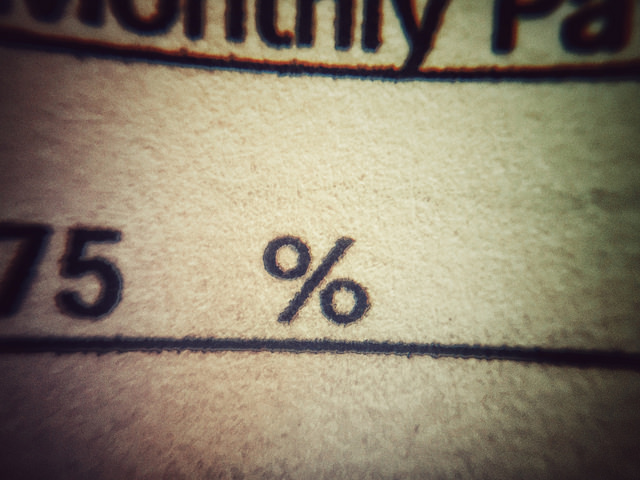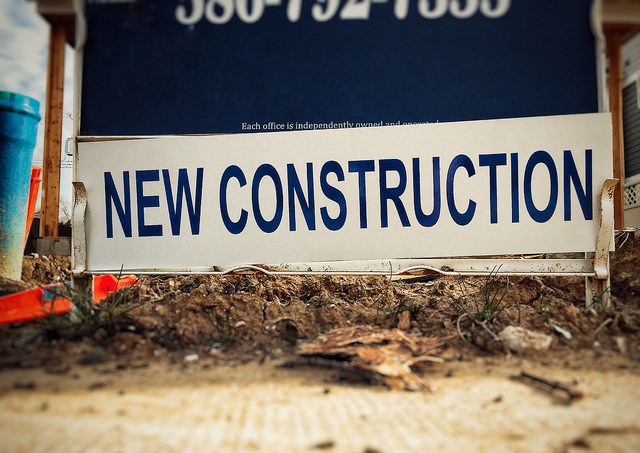The real estate market is constantly evolving. What is true one day may not be the next. For example, this past winter many forecasts for the upcoming spring season predicted buyers might be scared off by rising interest rates and a lack of homes for sale. However, now that spring has arrived, mortgage rates have come down a bit and the housing market has been among the strongest sectors of the economy. For example, Fannie Mae’s Economic & Strategic Research Group’s latest housing forecast notes both a stronger-than-usual February and the prospects for a good spring. “February fared better than other hard economic indicators partly due to the warm winter weather, and the ESR group expects that a seasonal uptick in listings going into the spring selling season will help alleviate extremely tight inventory,†the group’s latest release reads. In other words, despite higher rates and low inventory, the housing market performed well in February and trends going forward indicate conditions may be even more favorable now. As more homeowners put their homes up for sale, buyers will find improving conditions for a spring home search. More here.













